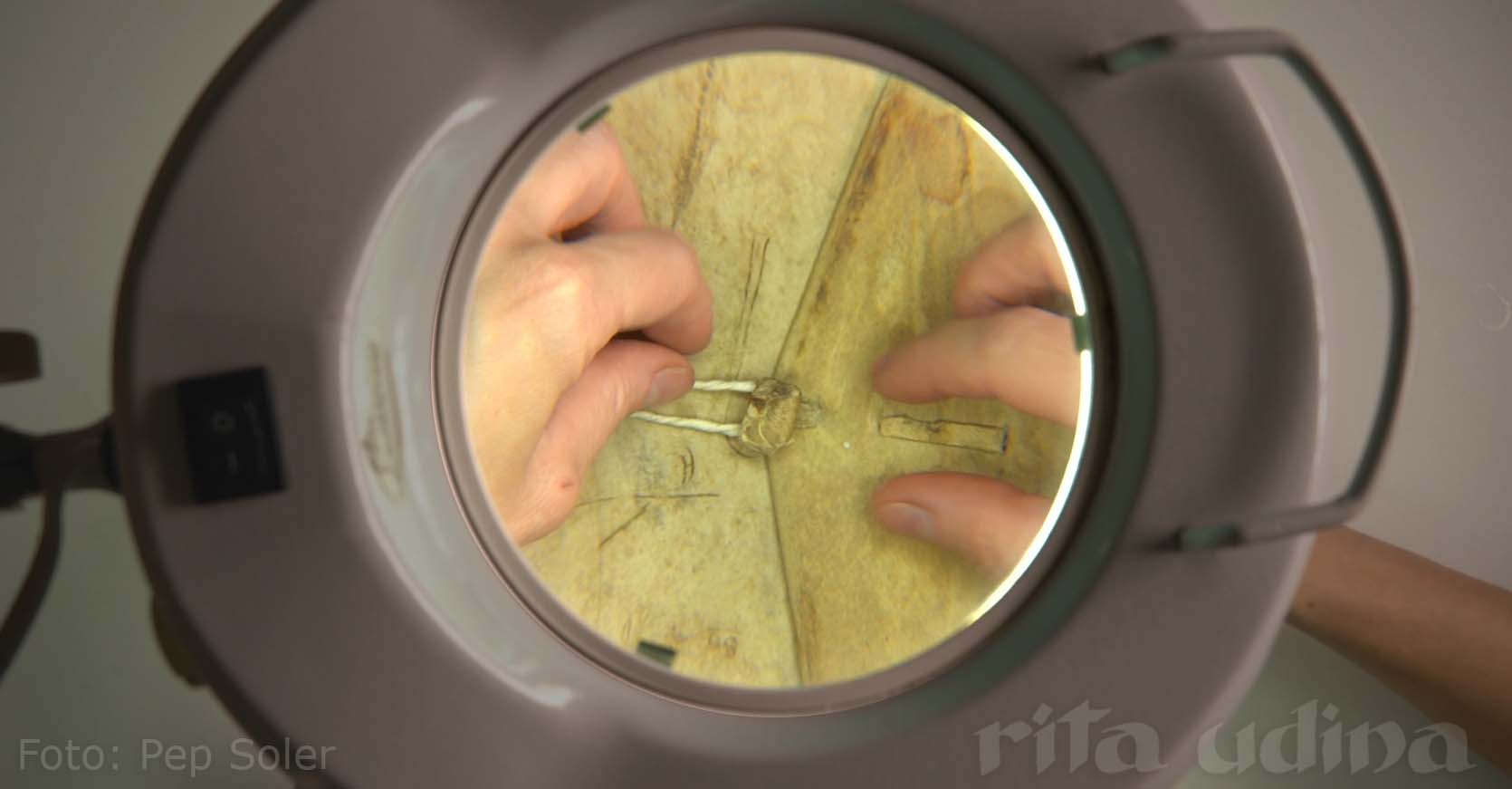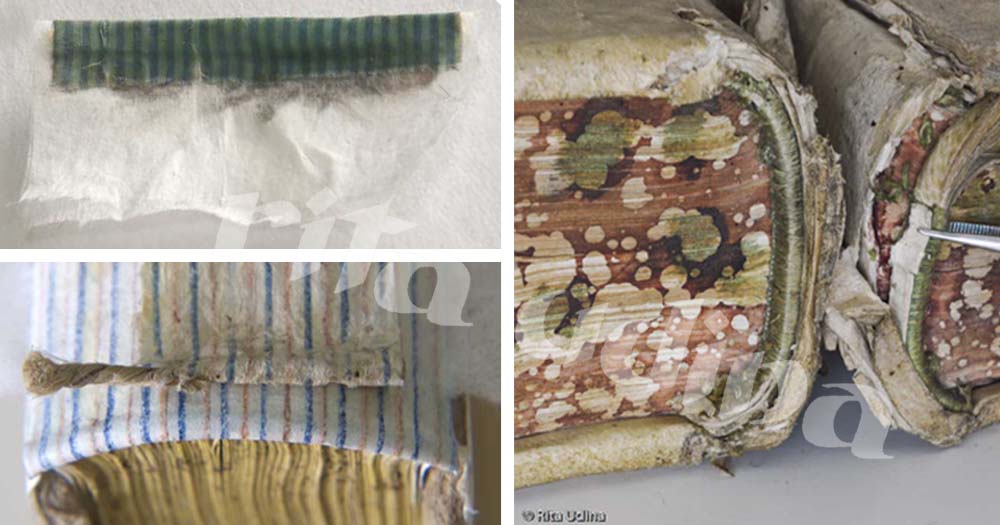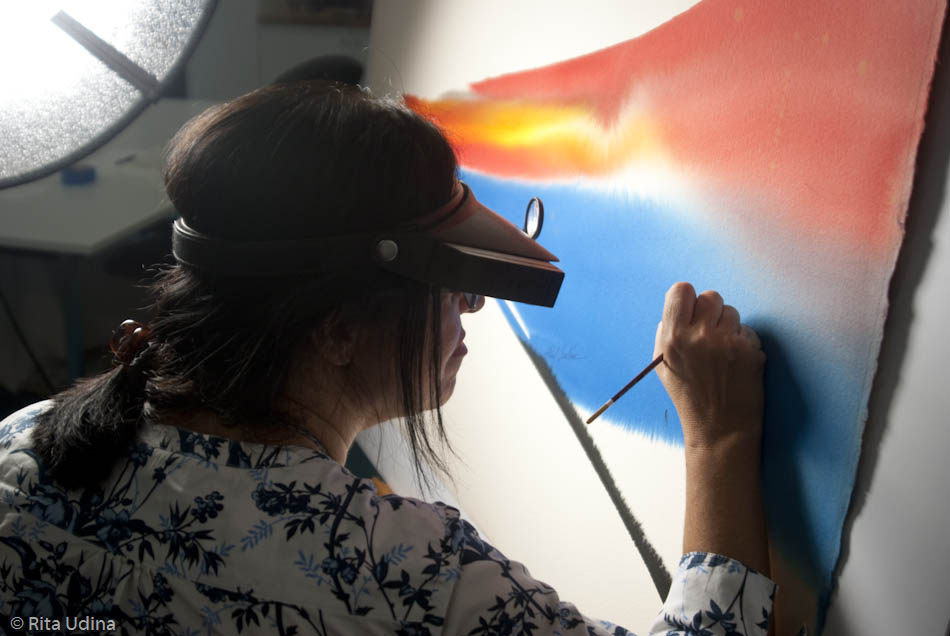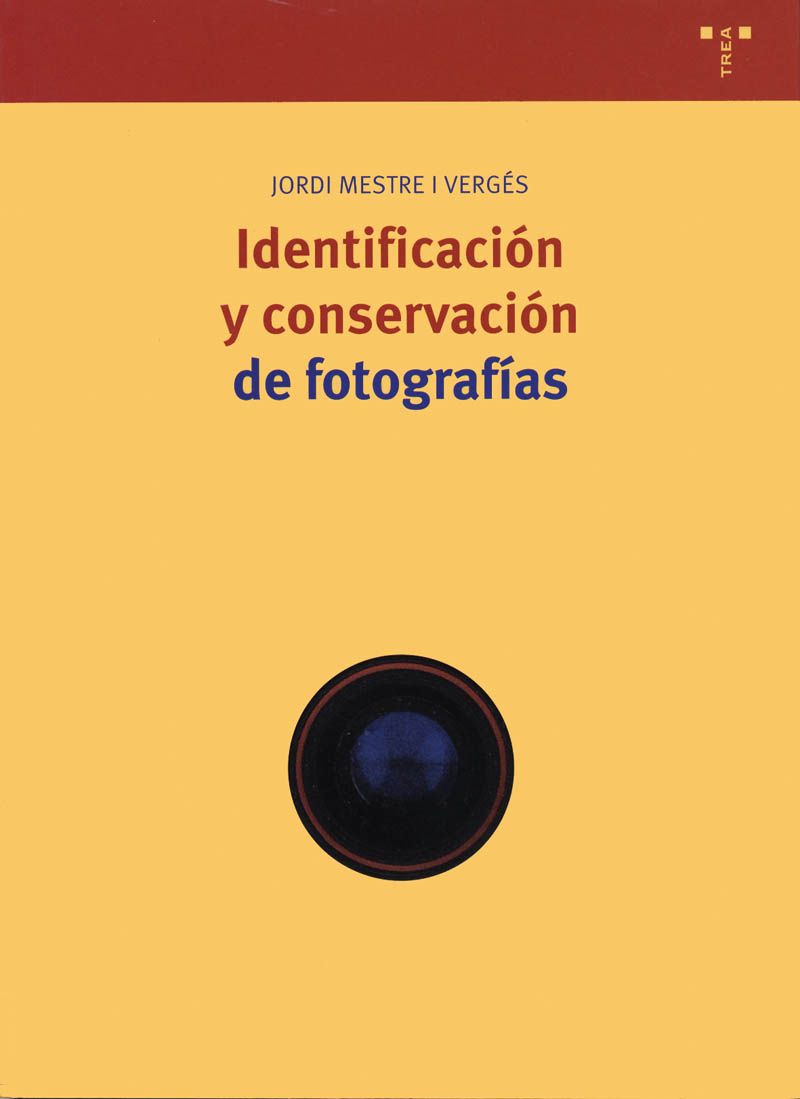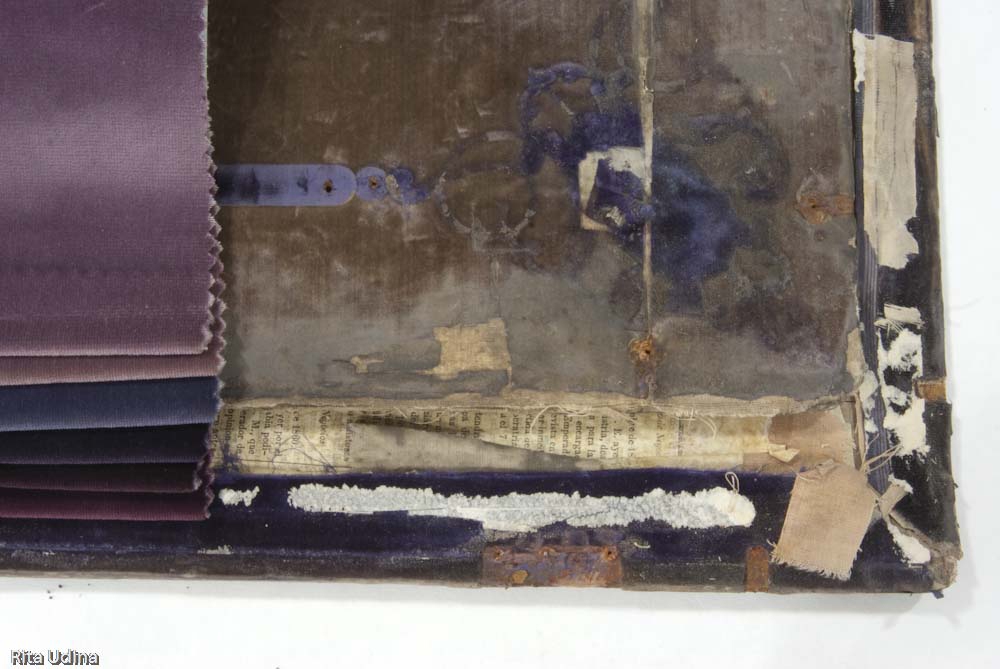criteria/decision making
Find below the blog posts related to criteria/decision making:
Profession: book and paper conservator
What does a paper conservator do? Whom does she work for? What skills and knowledge does she ought to have? Preservation and conservation, a field linked to science, history and arts and crafts. A video explains what differenciates us from forgers and shows -among other- how we produce a hand-made suction table to restore paper artifacts, with loads of creativity, a feature most necessary to become book and paper conservator.
Retouching, a taboo in paper conservation?
Retouching is among the most sensitive within ethics in conservation since it means to establish the aspect a restored object is expected to have. My opinion is that the looks of an historical object is often as important as its physical-chemical condition, and not intervening provides poor results that might mislead its readability more than a proper intervention. The more we intend to make it as neutral as possible, the least arbitrary, we need to admit that retocuhing requires good taste.
Endbands, headbands and ties
The headband to a book is like the tie to a suit: they both give their owner the chance to stand out. It is like the icing on the cake of the binding, and gathers the bookbinder's proficiency and taste. We'll discuss their aspect like in a Vanity Fair, and go beyond: What are they meant for? and why stuck-on headbands are less cared by conservators than sewn ones? Should we replace them or conserve them? The untrained eyes will look at them with more interest now, because -just like ties- there are headbands for all tastes!
Course: Inpainting & Loss Compensation on Paper (1rst edition)
Can you match the colour but not the surface texture? [...]
Conservation of ‘The Disasters of War’, by Goya
There are all sorts of projects, and when Mr. Goya knocks at the door, the red carpet is ready to receive him at the studio: Please, come in! The Disasters of War by Francisco Goya arrived at the studio in a fairly intact condition, with its 80 etchings, corresponding to the very first edition (in later editions two more etchings were added, making a total of 82). This first one was edited in 1863, more than forty years after
Chemists and conservators: a love/hate relationship
A cathartic experience: There's nothing more exciting for a conservator such as participating in a chemistry course. We go there with a certain respect (or maybe fear) and the will to be acquainted to a new miraculous reactant that will change our life. The poor conservator will poorly be able to discuss one to one with a chemist, either about the reactions that happen during the restoration treatments or along the inherent ageing of the artefact; and yet we must call the chemist into question and keep this dialogue alive. But thanks to Richard Wolbers I made peace with chemistry and their scientists.
Dürer: From old Europe to Palm Beach
Alligators, palm trees, luxury residences… [...]
This document will self-destruct in 30 secs!
Or how to remove pressure sensitive tapes, without removing them. We have spoken about bibliopaths, about misuses and how to eradicate its effects... But, what happens when the artefact itself causes its own degradation?
“Smart books” and bibliographic terrorism
Terrorists do not always carry explosives or mallets, nor they come from overseas, it may even be people in charge of collections. We ought to deal with them to safeguard "smart books": books intelligently made, such that no material interfere with each other, on the contrary, they create formidable synergies. Each one has its peculiarities, its beauty and its function. They represent a compendium of technology, art, society and culture at the time and place in which they were created.
Bibliopaths: The case of the lacquer binding
Are we supposed to fear bibliopaths? Or maybe we should give them an award? Who are they? Atention! Because they can be among us, or we might even be one of them?! I invite you to read the Case of the Lacquer Binding to know more about them
Book “Identification and conservation of photographs”
Already on sale the 2nd [...]
Gone with the wind
I don’t like much having war books, but I must admit that this one is particularly beautiful. The velvet binding seemed to me a challenging issue on the restoration, which did not have major complications besides this. I show the restoration of this book because of the headaches it has given me when solving the lost areas, the wooden work. The considerable losses on a laborious woodcarving work, and the lack of originals of many of the missing pieces fairly complicated the subject (the shields on the corners were different).
The value of things
Inpainting is the main controversial in a restoration as it demands to set criteria in not at all trivial matters: Meaning, function and unique nature of artefacts.
Categories
ARTEFACT
archive or library
book
book structures
bundle
headband
hollow back
limp-vellum binding
locks
sewing
tight back
document
seal
lacquered seal
printed stamp (see TECHNIQUE)
drawing
manuscript
photograph
albumen
daguerreotype
glass plate
silver gelatine
plans, maps, architectural or technical drawings
maps
plans
poster
DAMAGES
acidity / oxidation
bibliopath - graphopath
Bookbugs (pests & paper eaters)
insects
silverfish
woodworm
microorganisms
mold
disaster
flood
foxing
losses, gaps
pressure sensitive tapes
silver mirroring
structural
wrinkles
MATERIAL
fabric
cotton
silk
velvet
glass
leather
parchment
metal
paper
coated paper (art paper)
Kraft paper
laid paper
rag paper
tracing paper
impregnated paper
onion skin paper
Washi
wood pulp paper
plastic
cellulose acetate
polyethylene terephthalate (PET)
Polypropylene (PP)
wood
PRODUCTS
adhesives
natural
shellac
rubber (natural)
starch paste
synthetic adhesives
Filmoplast®
Paraloid B72
rubber (synthetic)
Tylose® (MHC)
gels
agarose
chemical gel
hydro-gels
Klucel®
organo-gels
physical gels
Velvesil Plus
xanthan gel
nanoparticles
solvent
benzyl alcohol
ciclometicone
diethyl carbonate
dimethyl sulfoxide (DMSO)
polyethylene glycol (PEG)
surfactants
TECHNIQUE
ballpoint pen
collage
felt-tip pen
gouache
graphite (pencil)
ink
print
engraving
etching
lithograph
woodcut
printed stamp
reproduction
diazotype
watercolour
THEORY on cons. & rest.
TOOLS, MACHINES
TREATMENTS
bleaching
light bleaching
cleaning
stain removal
surface cleaning
tape removal
varnish removal
wet cleaning
deacidification
digitization
flattening
flattening under tension
housing (storage)
box
folder
four flaps envelopes
inpainting
mimetic in-painting
neutral colour in-paint
mould treatment
preventive conservation
climate (HR, temp.)
re-binding
reinforcement - consolidation
backing with fabric
Infilling
leafcasting
ink fixing
lining
sizing
tear repair
varnishing

